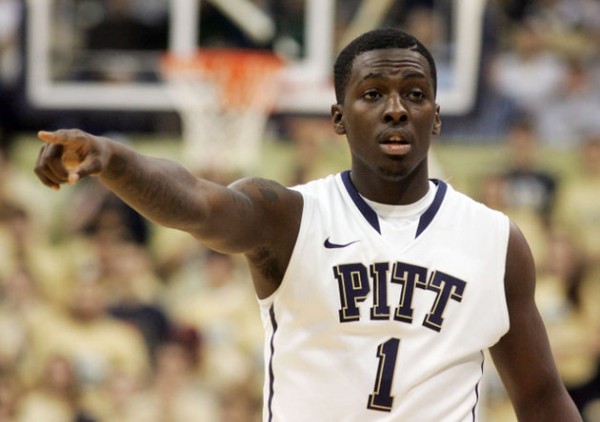 Chris Johnson is an RTC Columnist. He can be reached @ChrisDJohnsonn.
Chris Johnson is an RTC Columnist. He can be reached @ChrisDJohnsonn.
College basketball, like most sports, is cyclical. Aside from the truly elite crop of blue-blooded programs, the Kentuckys and Dukes and Kansases and UNCs of the world, most teams are just as prone to have truly transcendent seasons as they are to crash and burn. Ok, that’s overstating the truth. I define these parameters in dramatic terms not as an accurate depiction of most teams’ year-to-year trajectories – it’s rare for a program to follow up a high-win season with an epic flameout – but to emphasize the fickle nature of the sport. We media types tend to overreact to single-season sample sizes, but in truth, most programs, whether through coaching changes, administrative shake-ups or otherwise, chart a steady long-term course. Teams suffer long downturns, sure, and some last longer than others. But most find ways (coaching changes, administrative shakeups, etc.) to right the ship, if only for one memorable season, to compete at the top of their respective leagues.

With a healthy Woodall, and a potential first-round talent in Adams, Pitt will regain its usual status among the Big East elite (Photo credit: US Presswire)
Underlying these trends is the inherent potential for random variance, for teams to break out of their expected competitive range and “make the leap.” It happens each and every season. Teams bounce back from particularly disappointing seasons to bump their win totals and challenge the same teams who oversaw their downfall one year prior. Predicting which teams are ready to fulfill that narrative is never easy. There are a variety of factors involved that make pinpointing breakout teams a fundamentally risky exercise. Sometimes conventional wisdom – decades-long concepts like returning starters directly correlating to success, or promising bench players seamlessly carrying their production rates into larger minute distributions and more shot attempts; you know, the ideas that never seem to play out the way you’d expect – does not apply to specific teams. Each situation is different, no matter what conventional logic you use to define a team’s potential.
To account for natural error, and the time-tested axiom that logical thinking does not prescribe college basketball teams to specific win ranges and milestones, I’ve selected six teams ready to make the aforementioned “leap,” one from each of the six power conferences. As a reminder, this exercise, like most any preseason preview article you’ll see on the web, is rooted mostly in opinion. No one’s actually seen these guys play real games together, at least not within the construct of this year’s team model. The knowledge base from which we make these predictions is limited – though larger and more permitting to some than others. We have observations from previous seasons, recruiting rankings, highlights and random hearsay from coaches and fans and whatnot, and that’s about it. Mistakes are likely, if not guaranteed. That said, each conference features a particularly salient breakout candidate, at least in my eyes. Let’s begin.
Read the rest of this entry »















































